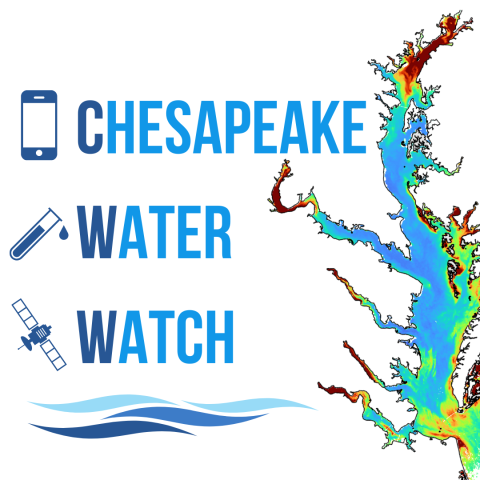
Chesapeake Water Watch (CWW)
Improve Chesapeake Bay water quality
In a specific area
- Ongoing
More Information
Our researchers are developing new ways to use remote sensing to fill in water monitoring gaps. We’re testing these tools in our backyard - the Chesapeake Bay, aka our nation’s largest estuary. We are partnering with Riverkeepers and individuals like you to collect data with simple-to-use scientific equipment and smartphone applications. These measurements collected by people on the ground will be used by researchers to help “train” the satellites to accurately monitor the Bay.
The project results will not only help us monitor the health of the Chesapeake Bay, but will lead to better tools by which to monitor coastal waters around the world!
Here’s how your data is used to optimize NASA remote sensing algorithms for high-resolution water quality monitoring:
• Collect data: volunteers collect data via the HydroColor app on their phone and by taking a water sample.
• Upload to Fieldscope: the data is then uploaded by volunteers to our open-access database - Fieldscope.
• Validate data: our team uses the water samples to validate the HydroColor readings and to get a better understanding of water clarity conditions and its causes in each area.
• Adjust algorithms: data from Fieldscope, water samples, and the NASA satellite imagery are all processed by our remote sensing team and algorithms are modified.
• Final image: this all leads to high-resolution water quality monitoring rooted in in situ data informing remote sensing algorithms.
Ticket Required: No
Minimum Age: 13
Languages: English
